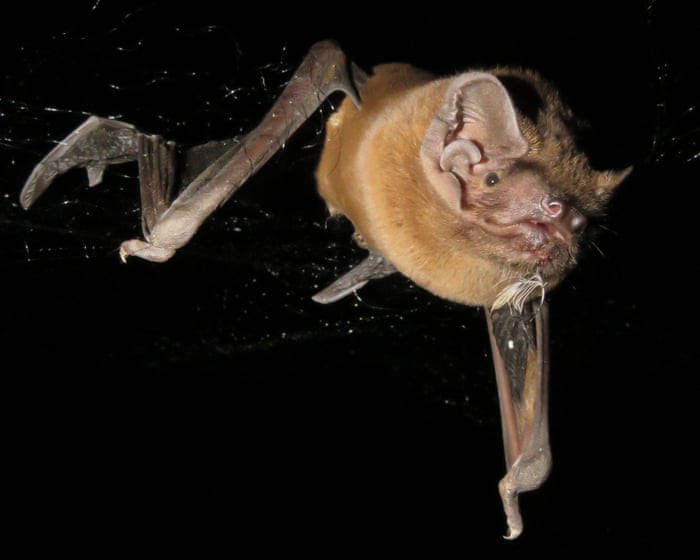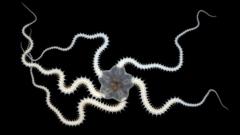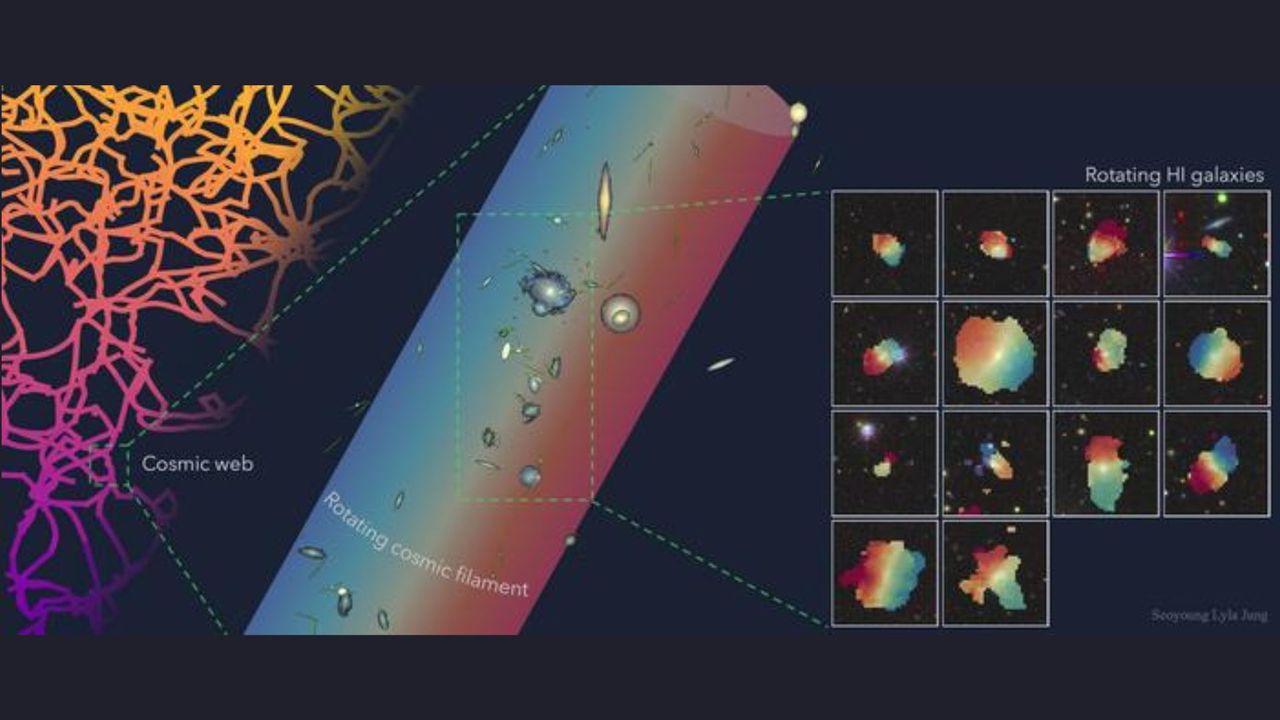Grisly recording reveals bat catching, killing and eating robin mid-flight
NeutralScience

A recent Spanish study has shed light on the predatory behavior of the greater noctule bat, Europe's largest bat species. Researchers captured a shocking recording of the bat hunting and consuming a robin mid-flight, challenging the common perception of bats as harmless creatures. This discovery is significant as it highlights the complex dynamics of predator-prey relationships in nature, particularly among migratory birds, and may reshape our understanding of these nocturnal mammals.
— via World Pulse Now AI Editorial System
/https://tf-cmsv2-smithsonianmag-media.s3.amazonaws.com/filer_public/62/01/62019da1-dd28-4322-aca0-0ec598b63235/7402439760_6437bcb924_k.jpg)



